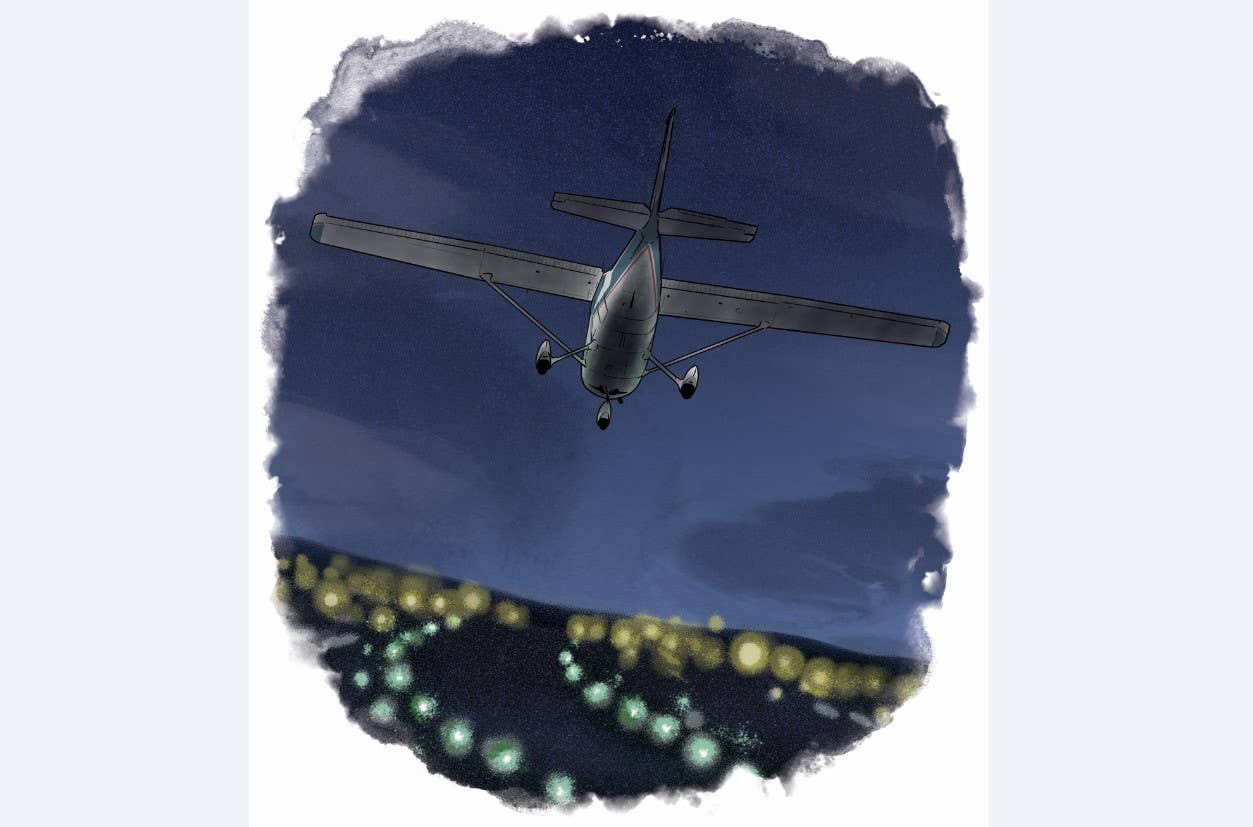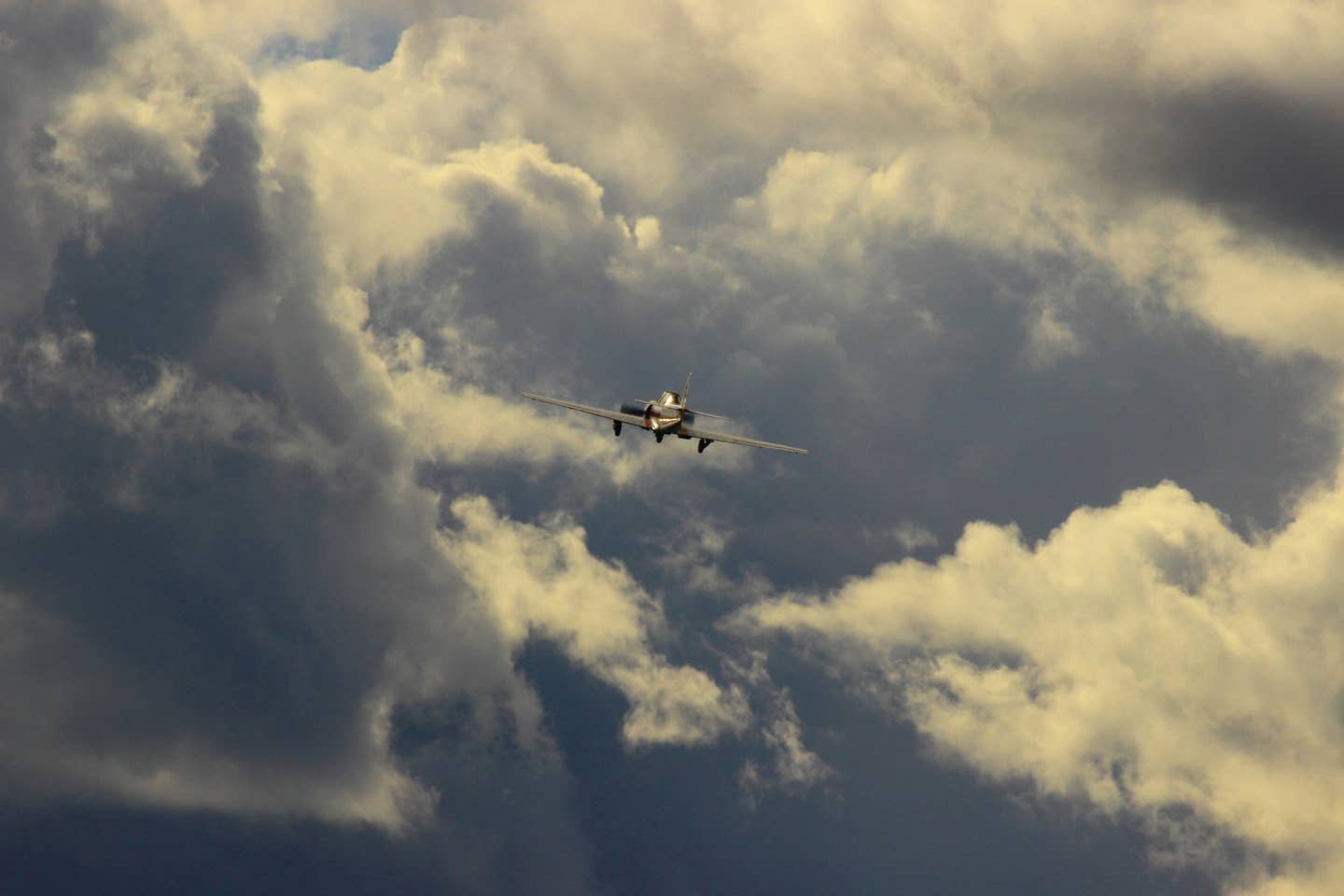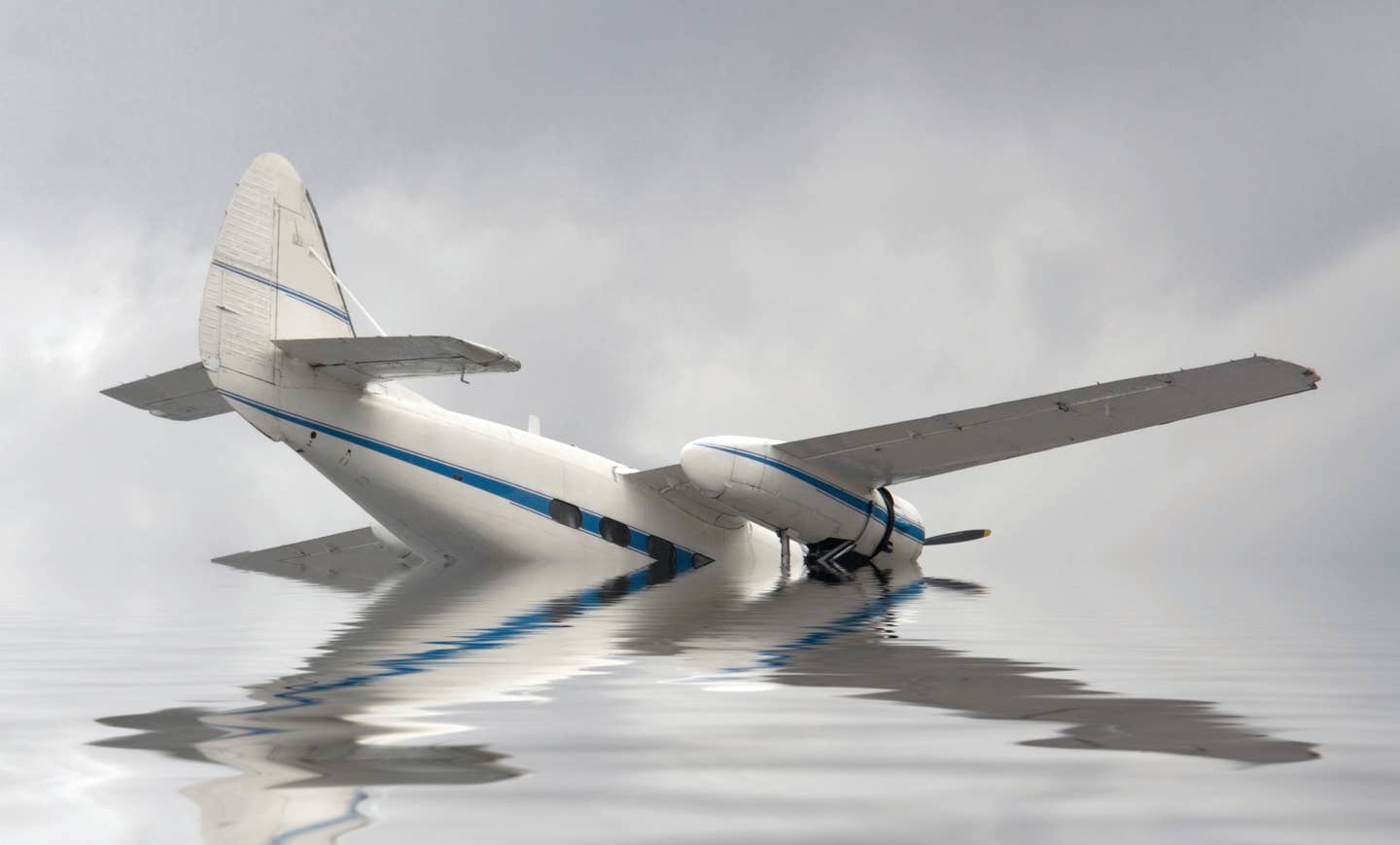Looking at the Physics of STOL Drag
Racing circuit’s airplanes requires starting and stopping twice while flying less than a mile.

High wings and a tailwheel are taken for granted on STOL airplanes for a lot of practical reasons. [Leonardo Correa Luna]
At a point in my meandering journalistic career, I found myself behind the wheel of a Porsche 911 Turbo on a Southern California racetrack. One of the turns was a 90-degree elbow of essentially zero radius that came at the end of a long straightaway on which the sports car would reach 120 mph or so. The problem—which resembled the game of chicken in the 1955 film Rebel Without a Cause and which I was shamefully slow to master—was to use maximum braking just in time to arrive at nearly zero speed right at the corner, but not a moment sooner.
Slowing down matters as much as accelerating in most auto racing, and the same is true of STOL Drag racing. Unlike traditional Reno-style pylon racing, which involves no slowing down whatsoever, STOL Drag requires starting and stopping twice while flying less than a mile.
If you're not already a subscriber, what are you waiting for? Subscribe today to get the issue as soon as it is released in either Print or Digital formats.
Subscribe NowI have never been to a STOL Drag race, and so I will probably be pummeled for whatever I say, but here goes anyway.
Two pylons and corresponding start/stop lines are set 2,000 feet apart. A third pylon is placed at the 1,000-foot mark, just for reference. The idea is to take off from the first line, fly to the far line, land, come to a full stop, turn around, and repeat the process without touching the ground between the lines. Two airplanes compete side by side, and the winner is the one that first comes to a full stop at the end of the race. Best times are just over 50 seconds, so, for a pleasurable activity, it’s brief.
In principle anyone can participate, but the really serious competitors use highly modified airplanes that can accelerate like mad and stop very short after touching down. However, competitors are paired off according to aircraft performance, so it wouldn’t be unusual to see a Skylane compete against a Beech Bonanza.
Since it’s a time trial, the race rewards acceleration, speed on the airborne segment, and deceleration after each landing. But the equation is complicated by the need to begin to slow down long before reaching the far pylon. Pilots accomplish this by chopping power, kicking in full rudder, and slipping toward the line. But even this phase isn’t as simple as it sounds. Airplanes decelerate quicker with wheel braking than aerodynamic braking, so while it may seem as if it’s best to touch down at minimum speed to reduce the rollout distance, it may actually be better to get the wheels on the ground as quickly as possible, even a few knots above the stall speed.
Initial acceleration is a function of the airplane’s mass and the engine-propeller combination’s thrust. Big thrust requires lots of power and a big prop. Two of the dominant competitors in the sport, Toby Ashley and Steve Henry, fly a Carbon Cub and Just Aircraft Highlander, respectively.
(Henry’s Nampa, Idaho, company, Wild West Aircraft, sells the Highlander as a light sport kit.) Neither racing airplane has much in common with its ordinary Lycoming- or Rotax-powered brethren. Both use liquid-cooled, geared, turbocharged, intercooled engines with very big props. They say the engines put out around 400 hp. The airplanes are stripped down, competing at weights less than 1,000 pounds. Since they are generating more than 2,000 pounds of static thrust, and therefore achieve an initial acceleration of 2Gs or more, it’s not surprising that both get airborne in a couple of seconds and a few dozen feet.
- READ MORE: The Ryan YO-51 Wowed with STOL Performance
The powerful initial acceleration does not last long, however, because thrust diminishes as speed increases, and drag grows in proportion to the square of speed. At 90 knots, which an airplane accelerating at an average 1G would reach in five seconds and 400 feet, drag has increased to more than 200 pounds and thrust is cut in half. Since the drag can be subtracted from the thrust to get the net force accelerating the mass of the airplane, it follows that the forward acceleration may already be well under 1G.
The actual segment times, based on videos of Henry racing at Reno last year, are, as you would guess, asymmetrical, reflecting the fact that it is easier to speed up than slow down. From brake release to throttle down at midcourse, about 10 seconds elapse. From there to wheels on, another 10, but at that point the airplane is still moving at around its stall speed of 35 knots. The rollout takes four seconds and another four to get turned around. The times going back are similar for a total of 52 seconds.
If the average acceleration up to the middle of the course were two-thirds of a G, the maximum speed attained would be about 125 knots. If the touchdown speed at the far end were 35 knots, the average deceleration in the slip would be a bit under under one-half G—more at the start and less at the end. By the time the wheels touch the ground, the rate of deceleration is pretty low. Wheel braking brings it back up to the half-G level.
The Carbon Cub and Highlander regularly finish within a fraction of a second of each other, and successive heats also differ by small amounts. That consistency is a testament to the pilots’ skills, since, as you find when you watch any of Henry’s cockpit videos, quite a lot goes on during the brief race. Everything hinges on the deceleration timing, staying as low as possible, and amount of wheel braking that can be applied without nosing over.
Henry claims to use his airplane as a daily driver—probably at about 20 percent of power. But I suppose that if STOL Drag racing continues to be popular, it may eventually engender purpose-built airplanes. Very likely the slip-to-slow-down approach would be supplemented or replaced by large air brakes that would add several square feet to the airplane’s equivalent flat plate area. Maybe a slight edge in acceleration could be gained by cleaning up the front end, replacing the big intercooler radiator with a small tank of ice water, and getting engine cooling air to the main radiator with a scoop and duct. But aerodynamic refinement may be pointless, since so little time is spent at high speed.
High wings and a tailwheel are taken for granted on STOL airplanes for a lot of practical reasons. But I wonder whether a low wing with some extra span—taking better advantage of ground effect—and tricycle gear with brakes on all three wheels might bring some advantages. Add lots of horsepower and an airfoil with a maximum lift coefficient of two, and then…off to the races!
This column first appeared in the April 2024/Issue 947 of FLYING’s print edition.

Subscribe to Our Newsletter
Get the latest FLYING stories delivered directly to your inbox







